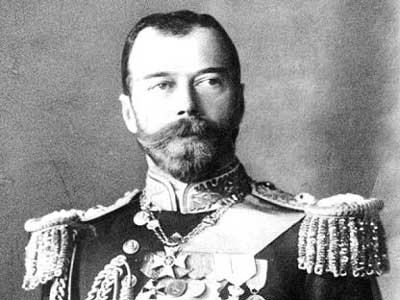The “arts czar” idea is still buzzing about. Of course, the actor Kal Penn was appointed to the White House Office of Public Engagement, and we will have Rocco Landesman heading up the NEA, and Jim Leach heading up the NEH. But certainly, that’s a far cry from what a number of people were lobbying for, which was a cabinet level position in the executive branch, replete with its own brand new agency. What a great idea….not.
This week Michael Kaiser brought up the issue of a federal arts policy. The best thing he said about this was “what we really need is a debate over federal arts policy.” Agreed. I would prefer to leave it there. Let’s have a debate. Let’s foster sustained opportunities to engage the nation in conversations around federal policy for arts. I hope that Mr. Kaiser, from his position at The Kennedy Center, and the expanding stage through his books, writings, consultancies, etc., will spearhead such an effort.
To get the ball rolling, I want to look one of Kaiser’s assertions:
“Those of us in the arts are grateful for the many opportunities
presented for federal support. The problem is that there is literally
no coordination between these agencies on their arts spending, nor is
there any central governing philosophy or policy.For example, grants for arts education are given by several agencies
yet there is no effort to coordinate the educational programming of the
arts organizations receiving federal funds. This cannot yield the most
effective or efficient results.For example, grants for arts education are given by several agencies
yet there is no effort to coordinate the educational programming of the
arts organizations receiving federal funds. This cannot yield the most
effective or efficient results.”
At first blush it sounds good, I know. Who wouldn’t want effective and efficient results? And coordinating arts education programming, as well as spending across federal agencies, sounds like a great idea too, doesn’t it? Or does it?
Of course, that depends on the results you are after and whether the objectives/goals/standards can be developed in a way that makes great sense, not just a good start, up against the giant, always moving target of education, of which arts education is or should be more of a part than arts and culture. Let me say that in a slightly different way: K-12 arts education should be more connected to the field of education, than to arts. And of course, along with that comes the need to connect to the policy churn of K-12 education overall. Which by definition means that arts education policy will have to remain highly flexible and nimble, including related programming, etc.
Naturally, this is nothing new, it’s the history. When the NEA was about the integration of the arts, the field followed. When it became about artistic quality, the field followed. When Attendance Improvement Drop Out Prevention (AIDP) was big, the field followed. When School to Work was big, etc., etc. When Charter Schools became the rage, organizations started creating them, well, some are starting…
Call me crazy or obtuse, but hey, I like the fact that there was an opportunity to apply to the United States Department of Justice for a grant to develop a mentoring program. I like that the USDOE arts education program is very different from that of the National Endowment for the Arts. When I was at the American Music Center, I liked the opportunity to apply to the United States Department of Transportation for a grant (we didn’t get it…)
To me, there is beauty and opportunity in somewhat divergent, but well-crafted guidelines coming from a variety of federal agencies that hew more to the variety of approaches in arts education that what I fear would be the case under a more “effective and efficient” or more coordinated effort. Each arts education organization already has a set of state standards to address. Moreover, there’s a push now, that darn churn again, dammit, to create a national set of standards in every subject area.
If we’re talking about coordinating the bully pulpit at the federal level, that’s another story entirely, and a great idea. In many ways, I think that was the best of what Dana Gioia did during his tenure at the NEA. I would love to see that bully pulpit expanded. I think that was what “Q” as his friends like to call him, was after with lobbying for an arts czar.
I do find it funny, that the term of art (quasi pun intended), is the “arts czar.” Just like the “Car Czar.” Usually those governmental czar appointments are to correct something, look at the Car Czar. Or, look at the “Pay Czar,” connected to TARP. Do the arts need a czar?
While in Russia it may be au courant to lionize the days of the czar, is that what we really want? It didn’t work out very well for my family back in Odessa, except, I guess, that they finally left for America, or were forced to leave.
As for whether the efficient and effective results can be had in the larger field of arts and culture, well beyond arts education, where things are even more kaleidoscopic, that’s for another entry.




